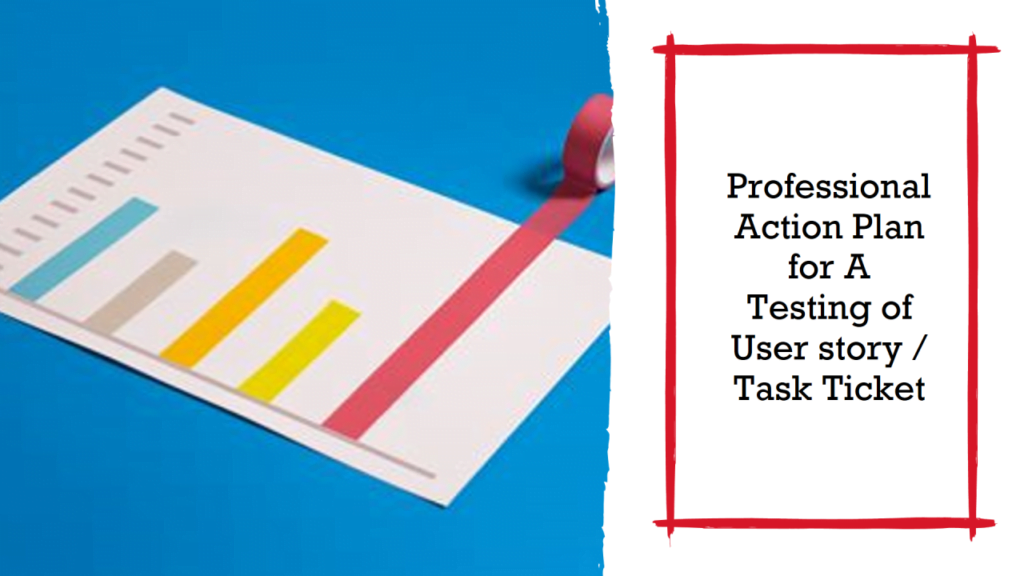Here’s an elaboration on the three points you mentioned, along with additional essential considerations:
- Ask questions/clarifications about the feature to be tested: Start by reviewing the ticket thoroughly to understand the scope of the feature or bug fix. Identify stakeholders involved in the feature development or bug resolution and engage with them to gather additional information. Ask specific questions about the expected behaviour, acceptance criteria, edge cases, and any potential dependencies. Seek clarification on user stories, acceptance criteria, and any relevant documentation to ensure a clear understanding of the feature’s functionality. Discuss with developers to understand their approach and implementation details, which can provide valuable insights for testing.
- Understand and discuss what prerequisites are needed to perform testing: Evaluate the environment setup required for testing, including test data, test accounts, configurations, and any third-party integrations. Collaborate with the development team to ensure that the necessary test environments (e.g., staging, QA, or testing sandbox) are available and properly configured. Identify any dependencies or external factors that may impact testing, such as network connectivity, API availability, or compatibility with different devices and browsers. Discuss with stakeholders to determine the priority of testing tasks and any constraints or limitations that need to be considered.
- Identify assertion points and data validation: Define clear and measurable assertion points based on acceptance criteria, functional requirements, and user expectations. Identify key data inputs and outputs associated with the feature and determine how they will be validated during testing. Verify data integrity, accuracy, and consistency across different components or modules of the application. Determine where processed data will be stored, accessed, and displayed within the application interface or backend systems. Implement automated checks or scripts to validate critical assertion points and streamline the testing process.
Additional considerations to enhance the software testing process:
- Test Coverage: Ensure comprehensive test coverage by addressing various test types, including functional, non-functional, integration, regression, and user acceptance testing.
- Test Automation: Identify opportunities for test automation to increase efficiency, consistency, and coverage of repetitive test scenarios.
- Continuous Integration/Continuous Deployment (CI/CD): Integrate testing into the CI/CD pipeline to facilitate early detection of defects and accelerate the release cycle.
- Feedback Loop: Establish a feedback loop with stakeholders, developers, and end-users to gather insights, address issues promptly, and continuously improve the testing process.
- Documentation: Maintain thorough documentation of test cases, test plans, test data, and test results to ensure traceability and facilitate knowledge sharing within the team.
- Risk-Based Testing: Prioritize testing efforts based on risk assessment to focus on areas with the highest potential impact on the application’s functionality, security, and performance.
By incorporating these additional considerations into the action plan, QA professionals can effectively improve the software testing process and contribute to delivering high-quality software products.
Reference Link: https://www.linkedin.com/pulse/action-plan-quality-analyst-qa-before-jumping-testing-ticket-qwmtc

